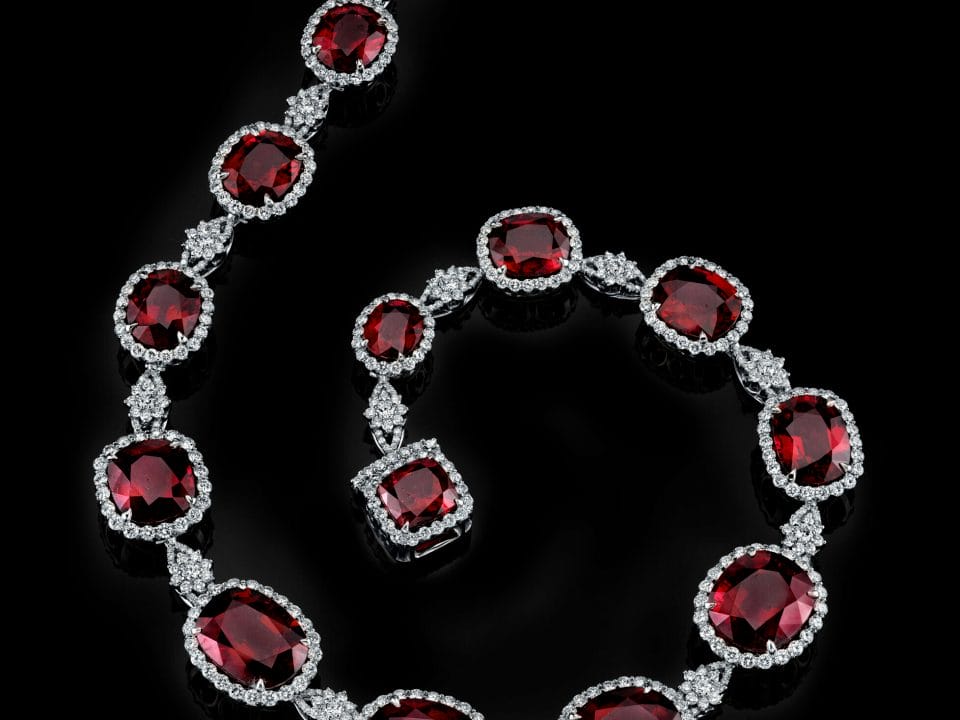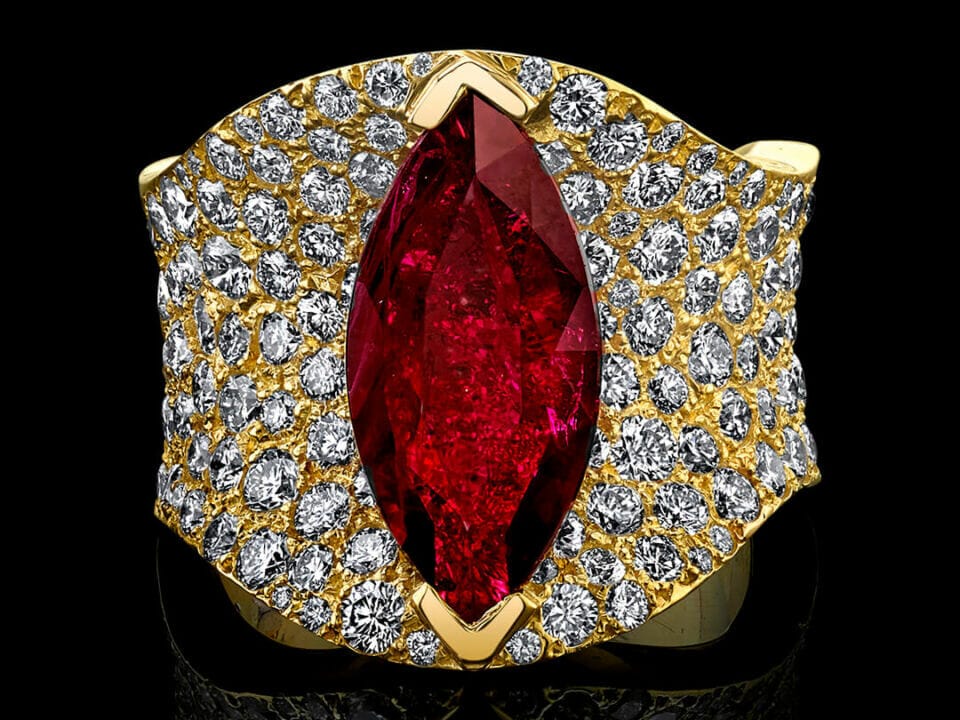How Did Diamonds Form?
Scientists have found evidence that diamonds formed in several ways.
Around 90 miles (145 km) below the surface in areas of the Earth’s mantle, temperatures reach 2,000° F (1,093° C). Diamonds form at these depths at those temperatures and under extremely high pressure, then fast-moving magma from deep-source volcanic eruptions bring them to the surface.
Very small diamonds have also been found in rocks from tectonic plates (large areas of the Earth crust) subducted into the Earth’s mantle and then returned to the surface.
Asteroid impact sites have yielded tiny diamonds as well. Researchers believe that the temperature and pressure from these impacts may suffice to form diamonds.
Diamonds also occur extra-terrestrially. Some meteorites contain microscopic diamonds not formed by impacts. In 2004, astronomers discovered a white dwarf star in the constellation Centaurus that has crystallized into a diamond. “Lucy,” as astronomers have nicknamed this remnant, has a diameter of 2,500 miles (4.023 km) and weighs 10 billion trillion trillion carats!
Does Coal Play a Role in Forming Diamonds?
Although both coal and diamond contain primarily carbon, the answer is likely no. Most coal is a byproduct of terrestrial plants, particularly forests. The earliest known land plants date back only 450 million years. According to geology.com, almost every diamond dated so far predates the evolution of terrestrial plants by at least 100 million years.
Where Does the Word “Diamond” Come From?
Early civilizations, including the Ancient Greeks, recognized the beauty and strength of diamonds. Our word “diamond” comes from the Greek adjective adamas which means “unbreakable” or “indestructible.” According to Merriam-Webster:
Latin writers borrowed these Greek words, sometimes as adamant. The forms adamant-, adamas in time gave us the English noun “adamant,” meaning “an imaginary stone of great hardness,” and the adjective … meaning “firmly fixed or decided.” The “i” forms in Latin were later changed from adimant-, adimas to diamant-, diamas and came to be used only for the gemstone which we now call diamond.
Diamond Markets
Many early civilizations, such as Ancient Greece, recognized the beauty and strength of diamonds. Valued for their strength and brilliance, diamonds were carried by traders along the Silk Road. Artisans also prized them for their practical applications. Diamonds can engrave metal and act as cutting tools. In Europe during the Dark Ages, people also believed diamonds had healing powers.
In the 19th century, diamonds were in high demand. Until the 18th century, India was the only known source, then diamonds were discovered in Brazil in 1725. In 1871, the discovery of a diamond over 20 carats by a teenager in South Africa brought about a radical change. After that find came another in the same area, this one over 80 carats. These discoveries set off a rush, and the Kimberley Mine was established near Cape Town, South Africa.
The Effect of the Kimberley Mine
With the development of the Kimberley Mine, the diamond markets became oversupplied. As a result, wealthy consumers no longer considered diamonds rare. Instead, they favored emeralds, sapphires, and rubies for their jewelry. Diamond values plummeted.
The De Beers corporation formed during this time and began attempting to control the diamond supply. However, they weren’t immediately successful, and diamond values stayed low until diamonds became more popular through a later De Beers marketing campaign.
Diamonds and Engagement Rings
While the use of a ring to signify an intent to marry dates back at the latest to Ancient Rome, in 1215, Pope Innocent III declared weddings must be preceded by an engagement period, with a ring publicly signaling the engagement. However, during these times, and before the 20th century in general, only the wealthy could use diamonds or other gemstones in their engagement rings.
The attempts by De Beers to control the diamond market bore fruit in the late 1940s, when they introduced a highly targeted marketing campaign. With the tagline, “A Diamond is Forever,” this campaign connected — very successfully — love, engagement rings, and diamonds in the public imagination. De Beers’s manipulation of the supply of diamonds available for purchase led consumers to believe diamonds are rare and, therefore, valuable. (In fact, many gemstones occur far more rarely than diamonds). These combined efforts made diamonds the only choice for engagement rings in the eyes of many, thus increasing the popularity and prices of these gems.
From International Gem Society




